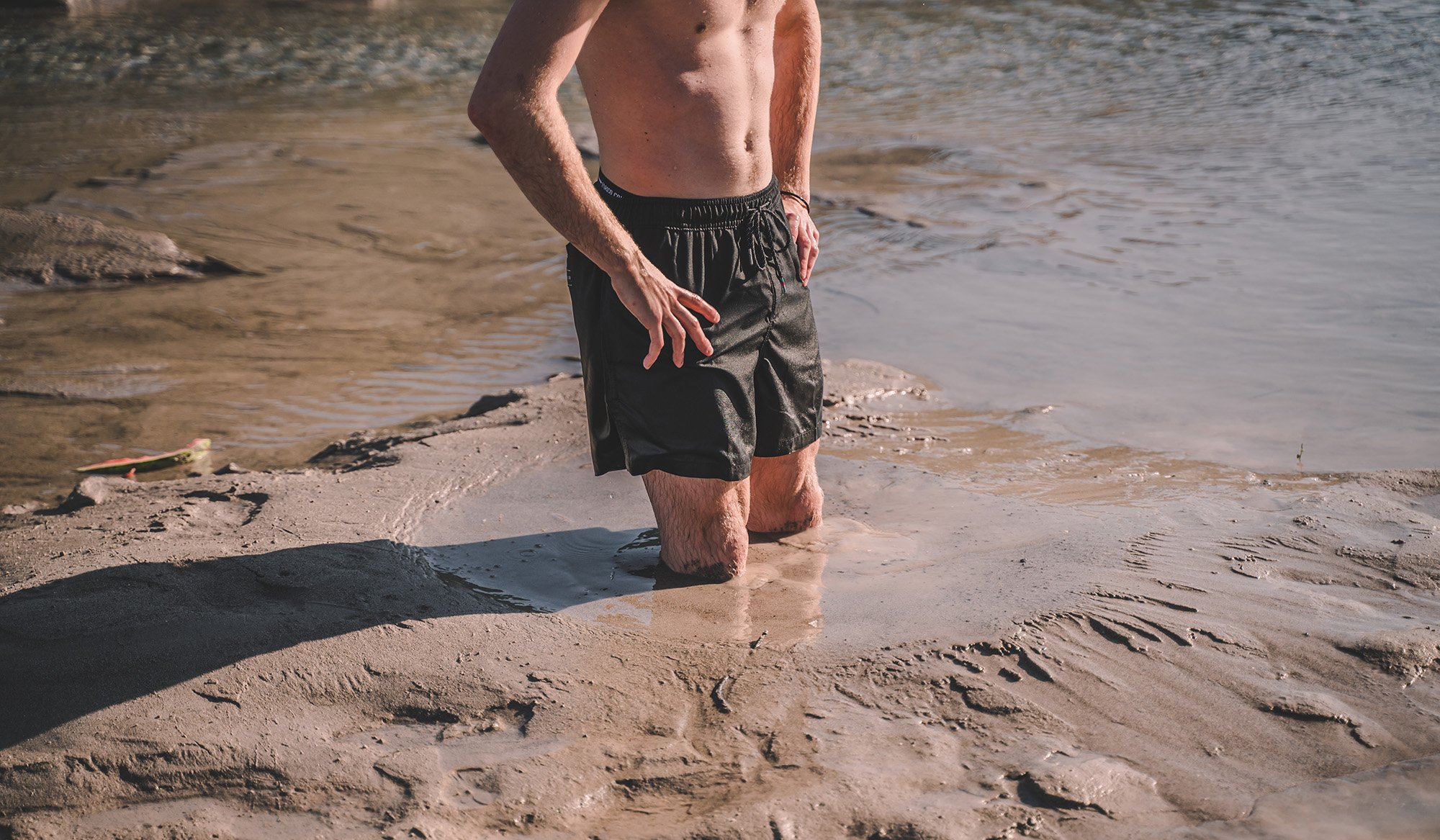Woman Swallowed By Quicksand At A Florida Beach: A Shocking Incident
The recent incident of a woman being swallowed by quicksand at a beach in Florida has raised many eyebrows and sparked conversations about the hidden dangers of coastal environments. This shocking event not only highlights the unpredictable nature of natural landscapes but also serves as a cautionary tale for beachgoers. Understanding what quicksand is, how it forms, and the safety precautions to take can potentially save lives.
In this article, we will delve into the details surrounding this incident, explore the science behind quicksand, and provide essential information for those who frequent beaches. We aim to educate readers about the risks associated with quicksand and how to stay safe while enjoying the beauty of Florida's coastline.
So, whether you are a local resident or a tourist, it is crucial to understand the potential hazards that may lurk beneath the surface of seemingly harmless beaches. Let’s embark on this informative journey to uncover the facts and safety tips regarding quicksand.
Table of Contents
- Incident Details
- What is Quicksand?
- How Does Quicksand Form?
- Risks of Quicksand
- Safety Tips for Beachgoers
- Rescue Techniques for Quicksand
- Case Studies of Quicksand Incidents
- Conclusion
Incident Details
On a sunny afternoon at a popular beach in Florida, a woman tragically became trapped in quicksand while enjoying her day by the water. Eyewitnesses reported that she was playing near the shore when she suddenly disappeared into the sand. Emergency services were alerted, and a rescue operation was initiated, but unfortunately, the situation was dire.
Reports indicate that the woman was quickly engulfed, highlighting the unpredictable nature of quicksand. Rescue operations are often difficult and time-consuming, prompting discussion about the need for increased awareness of such hazards.
What is Quicksand?
Quicksand is a mixture of sand, water, and clay that can behave like a liquid when disturbed. It forms in saturated, loose sand when water fills the spaces between the sand particles. When pressure is applied, the particles lose their friction and create a liquefied state, making it difficult for objects or individuals to escape.
Characteristics of Quicksand
- Often appears as a wet patch on the beach.
- Can be deceptively solid until pressure is applied.
- Usually found in areas with high water tables.
How Does Quicksand Form?
The formation of quicksand is a natural phenomenon that can occur under specific environmental conditions. Here are the main factors that contribute to the creation of quicksand:
- Saturation: When the sand is saturated with water, it becomes unstable.
- Pressure: Adding weight or pressure to the sand can cause it to liquefy.
- Movement: Vibrations from walking, jumping, or other movements can trigger quicksand formation.
Risks of Quicksand
Quicksand poses several risks to beachgoers and can lead to dangerous situations. Understanding these risks is essential for ensuring safety during beach outings. Here are some of the primary dangers associated with quicksand:
- Inability to escape: The more one struggles, the deeper they sink.
- Potential for drowning: In extreme cases, quicksand can lead to drowning if the individual is completely engulfed.
- Delayed rescue: Emergency services may take time to reach the site, increasing the risk of serious injury or fatality.
Safety Tips for Beachgoers
To prevent accidents involving quicksand, beachgoers should follow these safety tips:
- Stay informed about the beach conditions before setting out.
- Avoid areas that appear muddy or overly wet.
- Do not run or jump in areas where quicksand may be present.
- Travel in groups and keep an eye on one another.
Rescue Techniques for Quicksand
In the unfortunate event that someone becomes trapped in quicksand, it is crucial to know how to respond effectively. Here are some rescue techniques that can be employed:
- Stay Calm: Encourage the person to remain calm and avoid panicking.
- Call for Help: Immediately contact emergency services for assistance.
- Use a Stable Object: If possible, reach out with a stable object, such as a branch or rope, to help pull the individual out.
Case Studies of Quicksand Incidents
While the recent incident in Florida is a stark reminder of the dangers of quicksand, it is not the first occurrence. Here are some notable case studies:
- Case 1: In 2011, a beachgoer in California encountered quicksand and required rescue after becoming trapped.
- Case 2: A similar incident in 2015 in New Jersey resulted in multiple injuries as rescuers struggled to extract individuals from quicksand.
Conclusion
In conclusion, the incident of a woman being swallowed by quicksand at a Florida beach serves as a critical reminder of the potential dangers present in natural environments. Awareness of what quicksand is, how it forms, and the safety measures to take is vital for all beachgoers. By following the outlined safety tips and being informed about the risks, individuals can enjoy a safe and pleasant experience at the beach.
We encourage readers to share their thoughts and experiences in the comments below. Your insights could help others stay safe while enjoying the beauty of Florida’s beaches. Additionally, consider sharing this article with friends and family to spread awareness about the hidden dangers of quicksand.
Thank you for reading, and we hope you visit our site again for more informative content on beach safety and environmental awareness!
Robert Ramirez: A Comprehensive Look At His Life And Career
Taylor Swift Necklace: The Symbolism Behind Her Iconic Jewelry
Unlocking The Secrets Of Hair Growth Conditioners: A Comprehensive Guide


